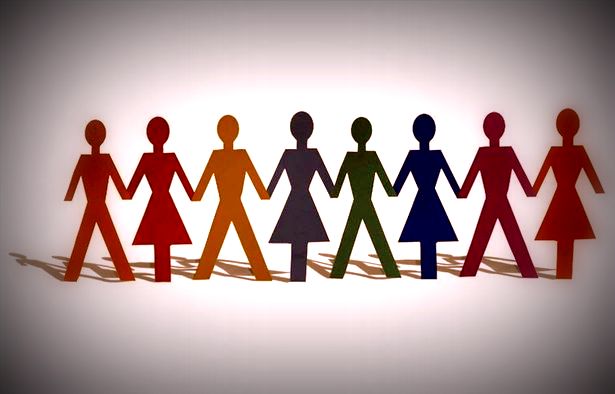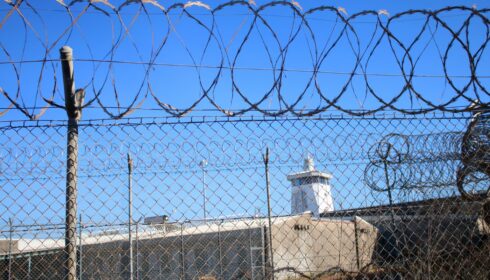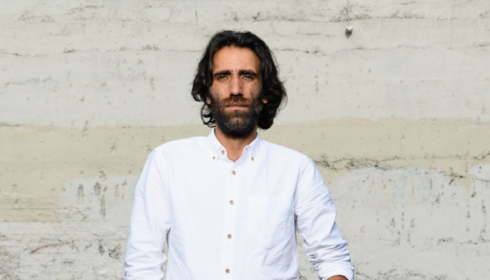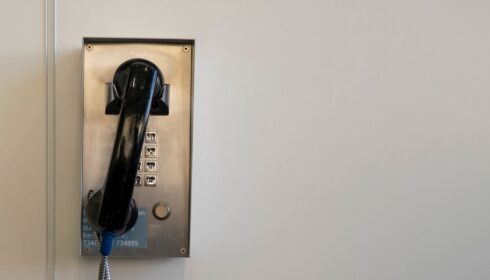
While many Australians may think Australia is a healthy democracy, a closer examination of our parliamentary representation tells a different story. Here you’ll find a brief overview of the representation (or under-representation) of specific groups in our Parliament, some reflections on why this matters and considerations for addressing the issue in the future.
Female representation
Australian women (excluding Aboriginal women who did not get the vote until 1965) were enfranchised in 1901, with the establishment of the Commonwealth. Despite this, women’s participation in the Commonwealth Parliament sits at roughly 30 per cent, or 67 members and senators. In contrast, the 2011 Census reported that there were slightly more women in Australia than men (50.5 per cent).
Female representation has increased over time. Fifty years ago (the 1962-66 Parliament) there were only five female senators and no members in the Australian Parliament. By 2002 this figure had increased to 60 representatives, with a further 11 per cent increase from 2002 to 2013. This coincided with the change from a Liberal to Labor Government, and the introduction of Labor’s goal that women be preselected in 35 per cent of winnable seats at all elections by 2002. Labor is aiming for 40 per cent for the upcoming election, although this is unlikely to eventuate. Former Prime Minister Julia Gillard’s experiences of sexism while in office demonstrate how challenging it is for women to succeed in Australian politics.
Aboriginal and Torres Strait Islander representation
There is currently only one Indigenous member of Parliament, Liberal MP Ken Wyatt, who was elected in 2010. He was the first Indigenous Australian to be elected in the House of Representatives. There have only been three Indigenous representatives ever in Parliament. If elected to the Senate in the upcoming election, Nova Peris will be first Indigenous Commonwealth Labor representative.
In the 2011 Census, 548,370 people identified themselves as being of Aboriginal or Torres Strait Islander origin, 2.5 per cent of the Australian population. A 2009 parliamentary research paper on the topic notes that if our Parliament reflected these numbers, there would be approximately three Indigenous members in the House of Representatives and one Indigenous senator.
The National Congress of Australia’s First Peoples was established in 2010. The Congress is a national representative body for Aboriginal and Torres Strait Islander people. In future, the Congress could provide a useful way of finding experienced leaders to take on Parliamentary roles if measures were introduced to support increasing Indigenous representation. Given Aboriginal and Torres Strait Islander People are currently unable to express their Indigenous self-determination, considering mechanisms to increase their representation is all the more important.
Culturally diverse representation
Twenty-eight members, or 12.4 per cent of the Australian Parliament were born overseas, although only ten were born outside of Europe. According to the ABS, over a quarter of Australians were born overseas (26 per cent). Of that, a quarter were born in Asia. If Parliament were to be truly representative, there would be around 50 members that were born overseas and approximately 12 that were born in Asia. In reality, Penny Wong was only the second Asian-born person ever to win a seat in the Australian Parliament.
Religious diversity
There are currently three Jewish members of Parliament, one Muslim member and presumably many others that identify as being of Christian background. Religious diversity is difficult to define, depending on whether or not you include those that are actively practicing, non-practicing and those who simply associate with a particular group with a shared religious cultural history. Seven per cent of Australians now adhere to non-Christian religions. If this were to be reflected in our Parliament we would have at least 15 Australian members who identify with non-Christian religions.
Sexuality
Only three members of the Parliament are openly gay. Unfortunately, there is very little data on the overall population of LGBTI persons in Australia. In a 2003 survey of 10,173 men and 9,134 women only 1.6 per cent of male respondents and 0.8 per cent of female respondents identified as gay. If the 2003 survey was an accurate representation of the Australian population, the current number of Parliamentarians that identify themselves as gay should statistically be almost double. Given the survey was undertaken over 10 years ago and had a small sample size, Parliamentary representation of those identifying as gay should probably be even higher. This underrepresentation is particularly disappointing given the current public debate on gay marriage rights.
Why is this a problem?
Elected members of Parliament and senators after all represent the views and ideals of all members of the community and these are the people who chose them.
The fact that our Parliament does not fully represent the diversity of Australian society shows that there is entrenched inequality in Australia. Efforts to support underrepresented groups to take on leadership positions are also not working.
This means diversity of experience is missing in Australia’s Parliament. While members and senators could represent their rights, they have no first-hand experience of the situation facing diverse groups – the difference between a man believing that women experience inequality and a woman living that situation every day.
Ultimately party politics and the needs of individual electorates can dictate decisions, particularly those in the House of Representatives. However, increasing representation could allow members from different societal groups to initiate dialogue with colleagues about issues affecting them, and to actively participate in conscience votes. Consider the introduction of the Paid Parental Leave schemes on both sides of politics since the introduction of quotas in the Labor Party and the growth of advocacy group EMILY’s list that promotes female political candidates.
Introducing more leaders into the public sphere from unrepresented backgrounds would help create role models for and encourage people from those backgrounds to participate in Australian politics.
What can be done?
There are several affirmative action measures that have been used to increase political representation. These examples offer illustrations of how political representation in Australia could be increased.
Post-conflict states provide an interesting example of how women’s representation can increase when states have the chance to start from scratch. Rwanda, Bougainville and Timor-Leste all have significantly higher levels of female parliamentary representation – particularly Rwanda, which in 2012 had the highest female parliamentary representation in the world at 56 per cent.
These countries and regions were able to change their political systems after the complete collapse of existing institutions by instituting quotas. Michelle Bachelet, head of UN Women recently stated that temporary special measures such as quotas can double increases in women’s parliamentary representation when compared with countries that do not use them. While Australia has not experienced recent conflict, there could be opportunity to introduce similar temporary special measures here to increase women’s participation
New Zealand has had dedicated seats for its Maori population since 1867. Initially the British used the seats as a way to limit the representation of the much larger Maori population. In 1996 Maori seats were retained with the transition to Multiple Member Proportional voting. By 2002, New Zealand had achieved parity between the Maori population in the country and the number in the New Zealand Parliament. Dedicated seats represent more than just statistical equality, as stated in a recent Australian Parliament report:
…they are a concrete expression of a formal relationship between Indigenous and non-Indigenous constituencies. In Australia, where such a relationship is yet to be defined, dedicated seats could play a key role in the development of such a relationship.
Other options include addressing the cause for the lack of representation in the first place. Early intervention measures such as promoting women’s leadership and addressing educational outcomes for the Indigenous and culturally and linguistically diverse communities are just some examples. Many of these activities already happen. But the ultimate goal is not to encourage political equality, rather to increase basic social outcomes. Perhaps we should be aiming higher.
In Australia, the Senate was designed to provide equal power across states and territories and could be used to increase representation if we were to introduce affirmative action measures. To expedite the process, we use “above the line” voting in the Senate, which means voters don’t necessarily directly elect Senate candidates. Diversity, currently and historically, tends to be much greater in the Senate. Many political “firsts” have come through Senate.
Australian women’s representation has increased significantly since the introduction of voluntary quotas by the Labor Party. It would be much more difficult to institute Parliamentary quotas however, as changes to the Constitution can only be made by the electoral majority, which would have to cede power to underrepresented groups in society. If we were to become a Republic and amended the Constitution this might provide an alternative vehicle for such changes.
While people may argue that instituting measures to increase political representation is too complex, will not achieve what it set out to, and could foster distrust and reduce respect for our leaders, it’s worth the challenge. We should actively seek to ensure diversity in our parliamentary representation, with different experiences and histories represented in our Parliament. A first step would be starting the discussion in Australia and acknowledging that this problem exists.
After all, what’s the point of a representative democracy if the experiences of so many groups in our society are not being represented?



